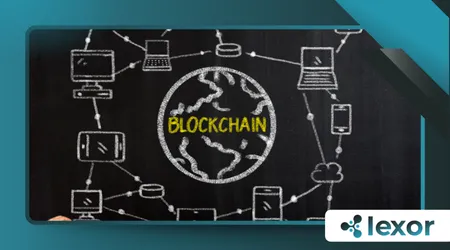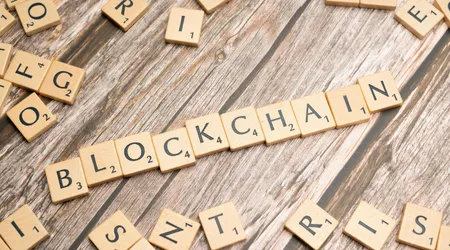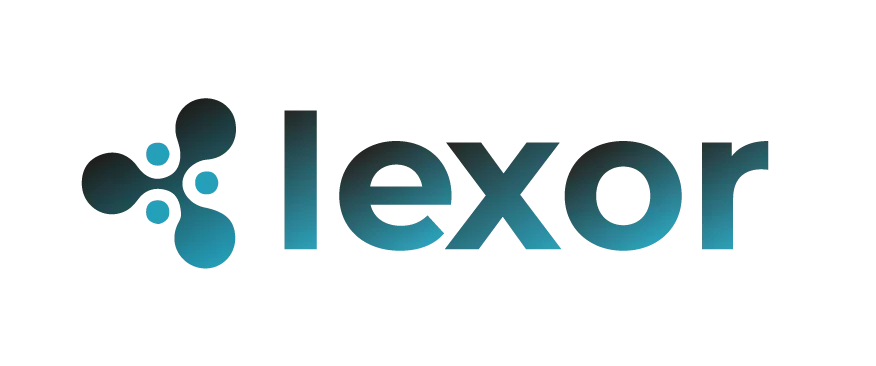Top 10 Blockchain Terms Every Beginner Should Know

The world of crypto and blockchain technology can seem like a dense forest of jargon. 10 Blockchain Terms Every Beginner.
Understanding the basic terminology is the first step toward navigating this exciting landscape.
This guide simplifies the core concepts. We’ll demystify the terms that form the foundation of this decentralized revolution.
It’s crucial for anyone entering the space to grasp these ideas. From a casual observer to an aspiring developer, these terms are your compass.
Are you ready to unlock the language of the future of finance and data? Let’s dive into the essential vocabulary.
What Exactly Is a Blockchain?
A blockchain is a decentralized, distributed digital ledger. It records transactions across many computers.
This shared record makes it difficult to alter data retroactively. Think of it as an unchangeable historical account.
It’s a foundational technology. It provides transparency and security without a central authority.
This network of nodes validates and stores information. This collective effort ensures the integrity of the chain.
The technology extends far beyond cryptocurrencies. It’s used in supply chain management and voting systems.
The core principle is trust through cryptography. This eliminates the need for a third-party intermediary.
++ How Do Crypto Transactions Get Verified?
Decentralization: The Core Principle
Decentralization is the distribution of power. No single entity controls the network. This contrasts with traditional systems. In these systems, a single company or government holds the keys.
This architecture prevents censorship and single points of failure. The network remains resilient.
Decentralization promotes a democratic and open environment. It’s a key driver of innovation. A decentralized application (dApp) runs on a blockchain.
It operates without a central server.

The Power of Smart Contracts
Smart contracts are self-executing contracts. The terms of the agreement are directly written into code. They automatically execute when conditions are met. No middleman is needed for enforcement.
For example, a smart contract could release payment. This happens only after a shipment is confirmed.
This automation reduces legal costs and delays. It brings efficiency to countless processes. They are unchangeable once deployed. This ensures that the agreed-upon rules are followed.
++ Blockchain vs Traditional Databases: What’s the Difference?
What’s a Node?
A node is a computer connected to the blockchain network. It performs various tasks.
Nodes validate transactions. They also store a copy of the blockchain. Every node contributes to the network’s security. It helps to maintain the integrity of the ledger.
There are different types of nodes. Full nodes store the entire history of the blockchain. Without nodes, the network wouldn’t exist. They are the backbone of the decentralized system.
++ How to Choose the Right Blockchain for Your Project
Cryptography: The Science of Security
Cryptography is the science behind blockchain security. It uses complex mathematical algorithms.
These algorithms ensure transaction security. They verify ownership and prevent fraud. Public and private keys are at the heart of this. They are used to encrypt and decrypt data.
Your private key is like a secret password. You use it to sign transactions. The public key is your public address. Others can send you funds using it.
This cryptographic foundation makes blockchain a fortress. It is nearly impossible to hack.
++ A basic dictionary of blockchain: 10 terms you should know
Hashes: Digital Fingerprints
A hash is a unique string of characters. It’s created by a cryptographic function. Think of it as a digital fingerprint for a block of data. Every block has one.
Any change to the data in a block results in a different hash. This is how the chain’s integrity is maintained.
This mechanism ensures immutability. You can’t change a block without changing its hash. This links it to the next block in the chain. This creates an unbroken, verifiable sequence.
Consensus Mechanisms: Agreement is Key
A consensus mechanism is a set of rules. It allows all nodes to agree on a single state of the blockchain. This is how the network validates new transactions. It also ensures all copies of the ledger are the same.
The most common types are Proof of Work (PoW) and Proof of Stake (PoS). Each has its pros and cons.
A notable example is the Ethereum Merge. The network transitioned from PoW to PoS. This shift significantly reduced energy consumption. This is a crucial move toward sustainability.
Wallets: Your Digital Pocketbook
A blockchain wallet is a software application. It stores your public and private keys.
It allows you to send and receive cryptocurrencies. It’s not where your coins are “stored.” Your assets are actually on the blockchain. The wallet provides the keys to access them.
There are different types of wallets. Hardware wallets offer the highest level of security. Example: a Ledger Nano S is a hardware wallet. It stores your keys offline.
Block: The Fundamental Unit
A block is a collection of transactions. These are bundled together and added to the blockchain.
Each block contains a header. The header includes the previous block’s hash.
This creates the “chain” effect. It links all blocks in chronological order. Once a block is added, it cannot be changed. This is the essence of immutability.
Tokens: The Many Faces of Crypto
A token is a representation of an asset or utility. It’s issued on a blockchain.
There are many types of tokens. Fungible tokens, like Bitcoin, are interchangeable. Non-fungible tokens (NFTs) are unique. They represent ownership of a specific asset.
Tokens can be used for various purposes. They can represent a share in a company or a digital art piece.
In conclusion, understanding these 10 Blockchain Terms Every Beginner Should Know is foundational. It’s the first step toward becoming literate in this new technological era.
The blockchain world is constantly evolving. But these core concepts remain the same.
Mastering these terms will give you a solid basis. It will enable you to explore further with confidence. Do you see now how powerful and revolutionary these terms are together? The future is decentralized.
FAQ:
Is blockchain the same as Bitcoin?
No. Bitcoin is a cryptocurrency that uses blockchain technology. Blockchain is the underlying technology. Bitcoin is just one of its many applications.
Is blockchain secure?
Yes. Blockchain is highly secure due to cryptography and decentralization. The distributed nature of the network makes it very difficult to tamper with data.
3. What’s the difference between a coin and a token?
A coin is the native currency of a blockchain (e.g., Ether on the Ethereum blockchain). A token is created on an existing blockchain and represents an asset or utility.
4. Can anyone create a blockchain?
Yes, but it’s a complex process. Many open-source frameworks are available, but building a secure and functional blockchain from scratch requires deep technical knowledge.
